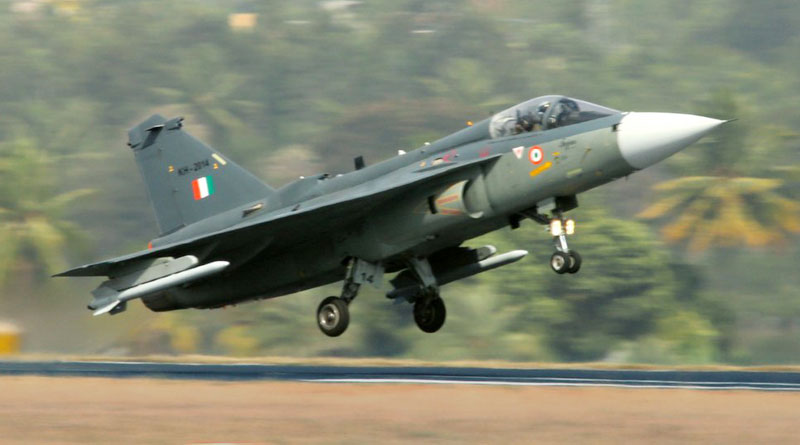It’s HAL’s moment to make a mark with its Tejas and AMCA aircraft
Rohan Ramesh
With preparations in full swing for Aero India 2019, visitors can expect to see state-of-the art aircraft from top companies from around the world. Yet, it will be the indigenously manufactured Hindustan Aeronautics Limited (HAL) Tejas that will get its fair share of attention.

The aircraft, which is still to receive Full Operational Clearance (FOC), will be the cynosure of visitors’ eyes simply because it is an indigenously manufactured fighter. Originally designed to be an interceptor meant to replace the venerable MiG-21, the Tejas has evolved exponentially over the years.
With the Indian Air Force (IAF) committed to procuring more than a hundred of these fighters, it will be interesting to see how Tejas’ development keeps pace with the requirements of the IAF.
The history of Tejas so far is very compelling. But the history of India’s aviation industry does not begin with Tejas. Nor is Tejas the finale of that story.
We need to have a flashback - to India’s first indigenising effort in aviation. It is educative to remember that apart from Japan, India was the only country in Asia to have an aircraft industry, albeit a fledgling one, in Bengaluru. The Walchand Hirachand aviation factory was taken over by the government post-Independence and renamed Hindustan Aircraft Limited.
India was mid-way implementing its first Five Year Plan, when the nascent dreams of seeing India as an industrial giant took shape. The government, driven by ambitious planners, decided to build India’s own supersonic fighter. That was precocious starry-eyed optimism. Till then, only five countries, the US, the UK, Germany, Soviet Union and France built supersonic fighters.
Even in the first flush of Independence, the Indian political establishment, then on the same page as defence planners, realised that India needed its warplane. Mind you, this the was mid-Fifties. India did not face existential threats like today. But Pakistan’s Kashmir ambitions, and a slowly growing but inscrutable China, meant that India had to build a defence capability to protect its vulnerable borders.
India’s non-aligned policy required an equidistance between the two super powers, the US and the Soviet Union. Although the Soviet Union was more of a friend than India, the political establishment was perhaps clear that non-alignment meant non-dependence.
In a conflict situation, India could not depend on either the US, which viewed non-alignment with suspicion, or the Soviet Union, since it would mean making the West an enemy. In any case, self-reliance was the keystone of the policy. And resource-strapped as it was, India could not afford imports, an imperative that drives India’s self-reliance effort in defence. An imperative that was relevant then and, is today.
That is what led to a quest – for India’s own warplane.
At that point of time, India’s aviation production record was HT-2, a piston engine, propeller driven trainer produced by HAL.
The Nehru government’s quest for an indigenous fighter led it to Kurt Tank, the legendary German aviation engineer who designed Focke Wolf 190 (FW-190), the single-seat single-engined fighter, which turned out to be the backbone of Luftwaffe along with Me-109 and Ju-88.
Tank, known to be an Indophile, came to India in 1955, and began feverishly working on a design. His work produced HF-24, Hindustan Fighter24 codenamed Marut.
You must be logged in to view this content.

